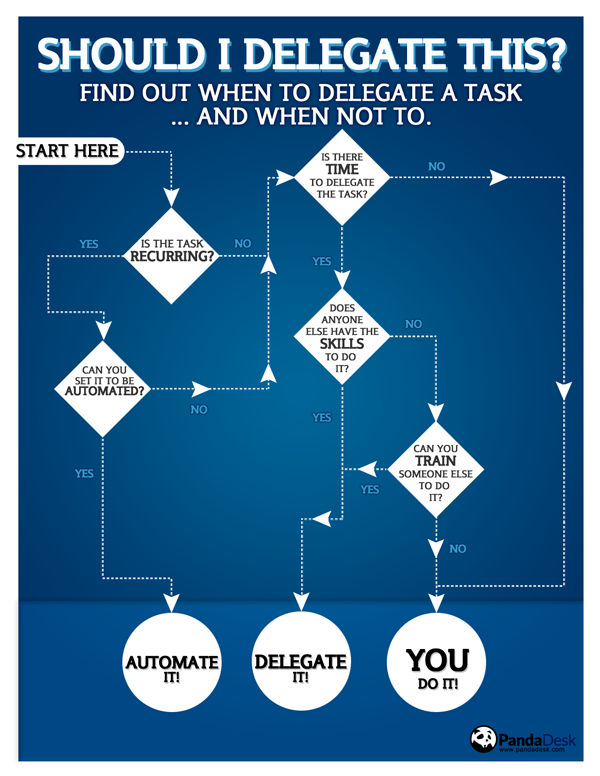A great deal of trust can be built up
between podcaster and listener.
Even when the podcast host
is the CEO.
In today’s remote work environment, team collaboration is more important than ever before. Remote teams are often spread across different locations, time zones, and cultures, making it more challenging to find effective ways to connect, interact, and stay productive. If you are a CEO, Founder, entrepreneur, or team leader, you may have some of the following concerns with remote work that keep you up at night.
- How can I maintain contact with my team and my coworkers?
- When we are all in different locations, how can I retain a human connection?
- How can I get my team more involved?
- Will my business culture suffer as a result of being remote?
- How do I create or maintain a positive team culture?
Leaders can make every effort to maintain contact, but when we you switch to a remote or hybrid team structure, engagement can decline. How can it be fixed? Well, here comes podcasting!
HOW DOES PODCASTING HELP MY REMOTE TEAM?
Whether you’re a remote team of two or two thousand, podcasts can be a great tool to keep your team connected and motivated. They allow team members to stay in touch and stay informed, no matter where they are. Plus, they can be used to create a sense of community and help keep everyone get on the same page.
A podcast is essentially an audio program that can be recorded, edited, and shared with an audience. It’s a great platform for remote teams because there are no geographical boundaries to contend with. All you need is an internet connection.
Podcasting is “intimate,” to put it simply. It’s one of the best simulations of a genuine conversation there is and the most scalable approach to communicate with large numbers of people while maintaining a personal touch.
This has a lot of influence in a professional, remote setting. It implies that managers can communicate with a large group of employees by speaking to them as a whole. It implies that CEOs can brief the entire organization and encourage participation. It implies that coworkers can broadcast to coworkers in a style that is quite similar to a water cooler talk, sharing knowledge, insights, or status updates.
It becomes even more potent when the just-in-time component is included. Instead of mandating that all employees use webinar software like Zoom and others.
HOW CAN PODCASTING IMPROVE REMOTE TEAM CULTURE?
Once your podcast is up and running for your remote team, you can begin to create content. Think about topics that are relevant to your team and that can help keep everyone informed and motivated.
There are several ways that podcasts can be a helpful tool for remote teams.
1. Improve Culture and Cohesiveness
Your content can be used to create a sense of culture and togetherness. Remote teams can use podcasts to stay connected to each other by discussing topics of interest, sharing stories about team members, discuss successes and challenges, talk about upcoming projects, and hearing from each other.
2. Encourage Collaboration and Brainstorming
It can also be a great way to encourage collaboration and brainstorming. Through podcasts, team members can discuss solutions to common problems and work together to find creative solutions.
3. Provide Training for Your Team
Podcasts can also be used to provide training and educational content for remote teams. Team members can tune in to learn new skills, stay up to date on industry trends, and gain insights from industry experts.
4. Provide Feedback and Recognition
Podcasts can also be used to provide feedback and recognition to team members. This can help to motivate and encourage team members to continue their hard work.
5. Share Team Experiences
Finally, podcasts can be used to provide an outlet for team members to discuss their experiences as remote workers. This can help to foster a sense of appreciation and camaraderie among team members who work remotely. It can also help to give remote workers a platform to share ideas and valuable experiences that can help to inform the team’s decision-making process.
CAN I KEEP THE AUDIO PRIVATE AND INSIDE MY COMPANY?
You can, thanks to fantastic private podcasting tools! For example, you can create a podcast for your CEO update, a podcast for staff development, and a podcast for your community and make them accessible to your complete team or just specific members. To keep teams informed about information that is exclusive to them, you may, for instance, establish a “development team” podcast or a “HR Team podcast.”
HOW WOULD REMOTE TEAM MEMBERS LISTEN?
A team member may say it sounds fantastic, but when am I expected to listen? There question makes sense. Do you anticipate that your team will listen to an hour-long podcast episode that you release every week or month during their downtime? Attempting to listen to a podcast “in the background” while performing any sort of knowledge job would be completely unproductive.
Instead, consider suggesting team members include it in the workday or workweek is an alternative. Telling your employees to take brief time off each week or month to listen to the podcast. Tell them to ‘take an hour each Friday to listen to the team podcast while you get some fresh air ’. This way it makes the podcast feel like a reward.
To start a podcast for your remote team, you’ll need to find the right hosting platform for your needs. There are a variety of options available, from free to paid. Once you’ve chosen a platform, you’ll need to create a podcast channel and upload your audio files. Contact us if you need help setting up your podcast.
Overall, podcasts can be a great tool for remote teams. They provide an opportunity to stay connected and engaged, while also providing a platform for training, feedback, and collaboration. With the right podcast, remote teams can stay connected and productive despite the challenges of remote work. So if you’re looking for a way to keep your remote team connected, a podcast could be the answer.




